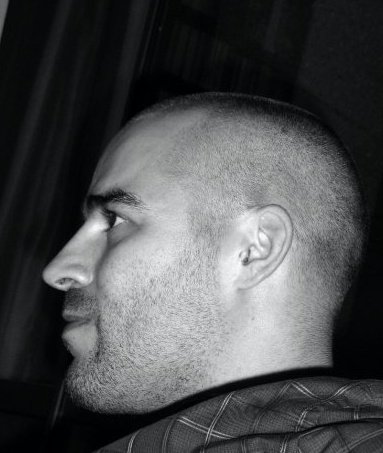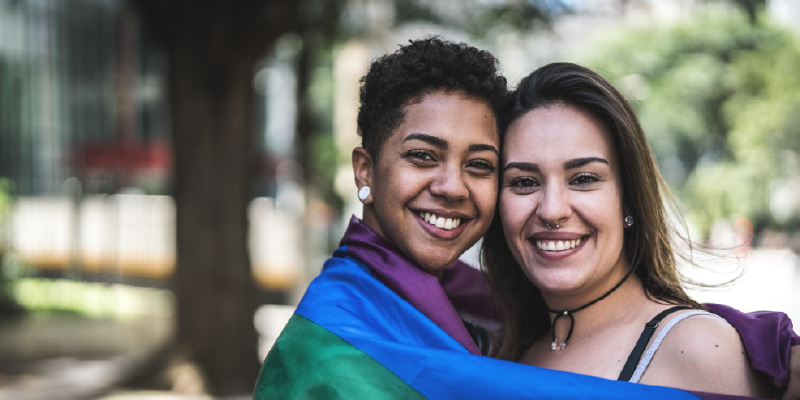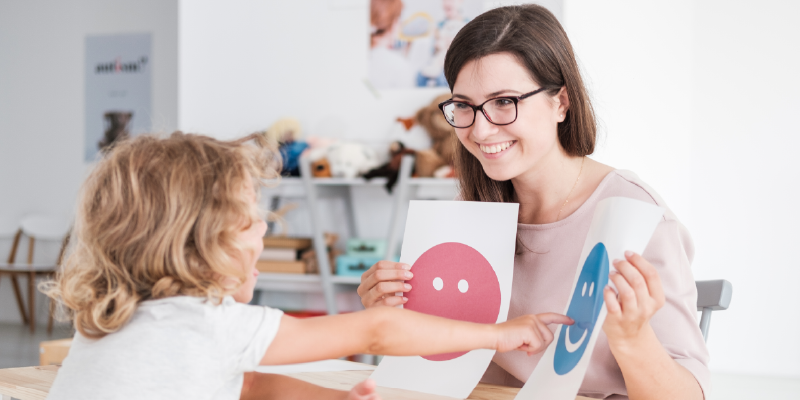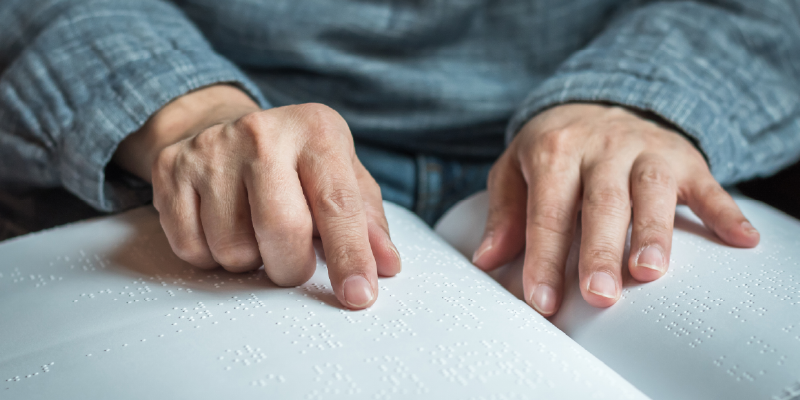This post is part of our co-presented blog series with The Circle, Reconciliation: A Call to Action for Canadians, and is provided by Lance D. Morrison (Northern Thunderbird), Campaign Coordinator at the Anishnawbe Health Foundation. This multi-part blog series features stories and charities working with Indigenous Peoples on a variety topics and issues affecting Indigenous Peoples in today’s Canada.
Canadians are witnessing the long-term effects of several centuries of assimilation policies and cultural genocide against Indigenous Peoples. Until the 1960’s, traditional Indigenous ways, ceremonies, and traditions were illegal in Canada, and for several years it was even illegal for Indigenous adults to be in a group of three or more—the offence would land you in jail.
Through studies and work completed by groups such as the Truth and Reconciliation Commission (TRC), non-Indigenous Canadians are hearing the stories and realities Indigenous Peoples face. In 2017, we are now seeing the intergenerational effects of Canadian colonization and the trauma that was inherited by generations of Indigenous people. Suicide rates for Indigenous Peoples are four times the national average. Diabetes rates are higher than any other population, and Indigenous Peoples also deal with homelessness, poverty, violence, and substance abuse at a disproportionately higher rate than other Canadians. These concerns did not exist for us 500 years ago, but we are now faced with the challenge of helping Indigenous Peoples across the country address these issues with support.
As challenging as it may be, there is hope, and I am a living example of that.
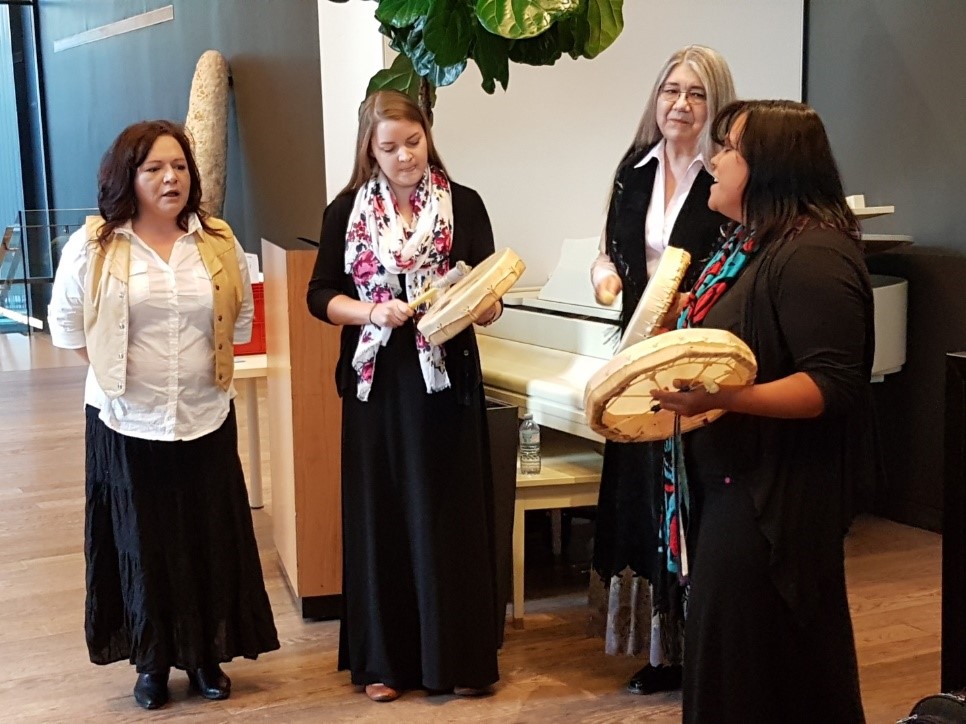
Photo courtesy of: Julie Cookson
My Story Begins Here
Tansi. Niya nêhiyaw tsilhqot’in Métis napew. Kiwetinotahk pihesiw ninêhyawisîyikason okihciwâw maskwa. Nitâchimowin sipwepayiw. Hello. I am a Plains Cree, Chilcoton, and Métis man. In my ancestral tradition, I am called Northern Thunderbird and I am a member of the Bear Clan. My story begins here.
I remember happy moments of my childhood in Yellowknife as I attended cultural summer camp, or the fragrant smell of moose hide moccasins that would fill the room and my heart when I attended a Drum Dance. Now living in the City of Toronto, I couldn’t help but get caught up in frantic city living and forget the ways of my ancestors.
Through years of mental health struggles, stress-related heart issues, visits to counsellors, therapists, doctors, and naturopaths, I had been ignoring my own cultural traditions. As I lived in downtown Toronto, a doctor or pharmacy is on every corner, and I didn’t know where I could ever access an Elder. The irony here is that I had been trying to heal the intergenerational trauma of colonization, by using colonial methods.
Then one night, I was speaking with a friend, John, about how hard I’d been looking to find an Elder to speak with and he laughed at me.
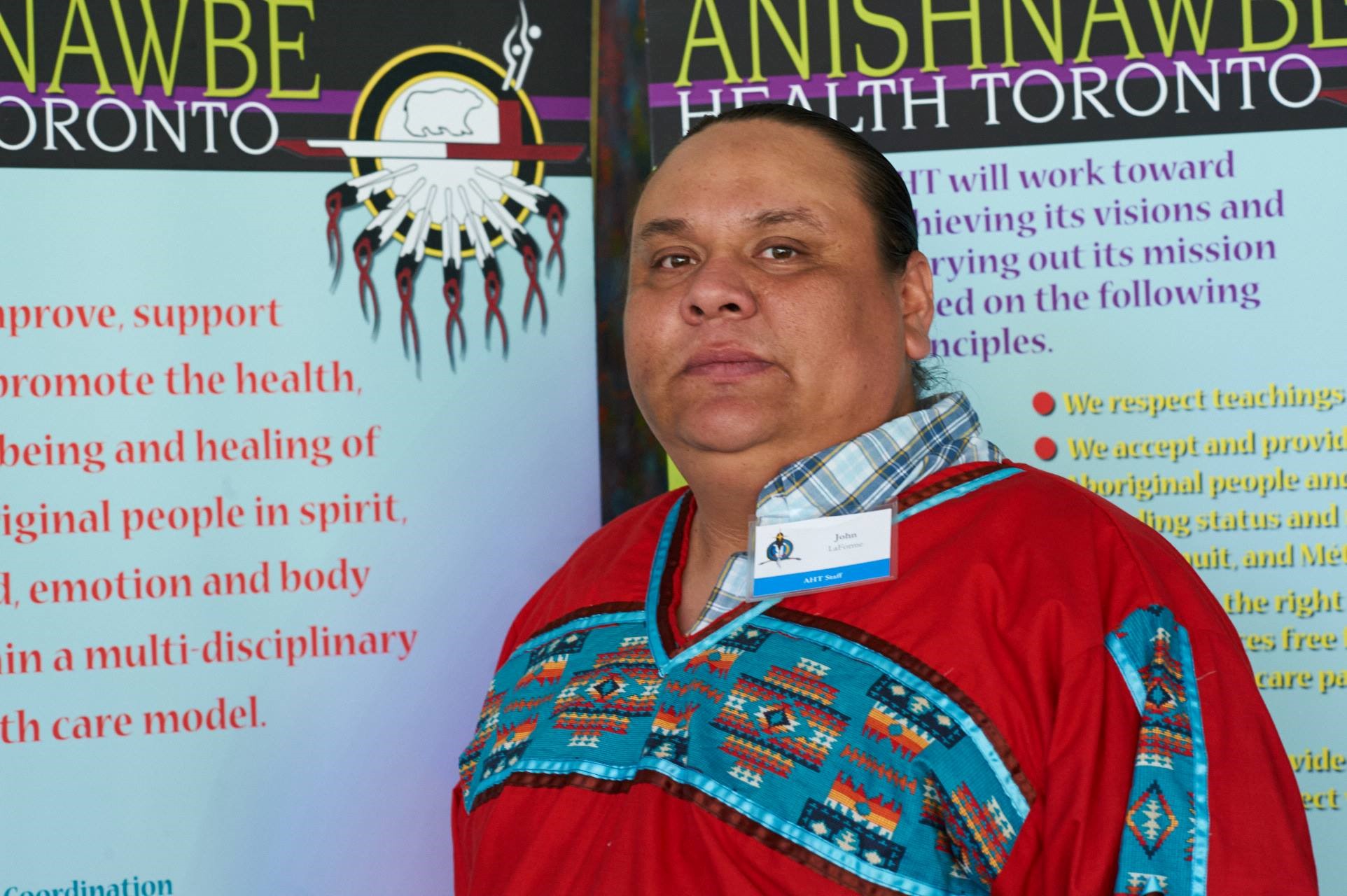
“Man, do you not know where I work and what we do?,” said John as he reminded me of Anishnawbe Health Toronto (AHT), a registered charity and health centre based on traditional Indigenous practices and approaches. Not only do they have dieticians, physicians, chiropractors, and nurse practitioners that provide primary health care, mental health, and addiction services, women, children and pre-natal, and homelessness programming, Anishnawbe Health Toronto’s traditional department has Healers, Ceremonies, and Medicine people that work in conjunction with Western healing approaches for full-circle health care.
“Indigenous health issues require Indigenous solutions.”—Joe Hester, Executive Director, Anishnawbe Health Toronto
At the time, I was on medical-leave from my job after several months of regular atrial fibrillation attacks. My stress levels and mental health were doing damage to my physical body and I was spending far too much time in the ER for my liking. I quickly made an appointment and met a Healer to begin my journey, and he helped guide me through the first steps of my path. I starting attending sweat lodge again which I’d not done since I was a kid, and I also attended my first fasting ceremony with AHT. Over the past few years, I’ve found community, I’ve found my identity, and for the first time in decades, I’ve found complete balance in my physical, mental, emotional, and spiritual well-being.
Culture as Healing
Across the country, many First Nations, Inuit, and Métis communities are finding healing through cultural revitalization and a return to land-based knowledge. Through the tireless efforts of Elders and community members, we are seeing language and culture initiatives pop up from coast, to coast, to coast, and they are helping to heal communities:
- Saskatchewan’s Montreal Lake Cree Nation has seen remarkable results from their annual Youth Cultural Camp. It is at camp where Indigenous youth are immersed in their traditional culture and language, as well as Molanosa Days, a five day camp for the entire community which includes a week of camping, recreational and cultural related activities.
- There is an astounding resurgence of traditional tattooing happening, particularly with Inuit women in many remote communities who now “feel so complete” by their participation.
- In Northern Ontario, Nimkii Aazhibikoong is a collective of Elders, youth, and others working to rekindle the old ways of living in balance with Mother Earth throughout the seasons, sharing and passing on traditions, stories, language, and heritage.
- In Somba K’e (Yellowknife), Dene Nahjo’s mission is to advance social and environmental justice for northern peoples while promoting Indigenous leadership by fostering emerging leaders. They strive to live, learn, and celebrate our cultures, languages and Indigenous values on the land.
But as many rural communities work to dramatically improve their daily lives and spirit through this revitalization, we also have to think about urban Indigenous Peoples. Statistics show that over half of Indigenous Peoples in Canada live in an urban area, and access to land-based and traditional ways can be difficult to find. I would know, because I spent years in Toronto trying to find my way. Since visiting AHT, I’ve not been back to the ER once.
As the urban Indigenous population continues to grow across the country, health and healing centres in Canadian cities are finding it harder every year to keep up. 73 percent of Indigenous Peoples in Toronto were born outside the city and the population is the fastest growing demographic in Canada.
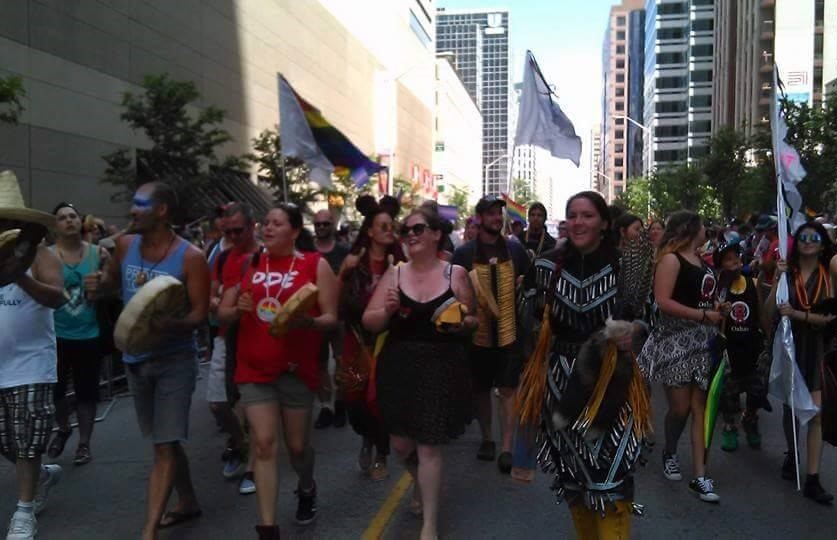
Now part of the team at AHF, we are currently working towards a new Indigenous landmark to take root in downtown: a purpose-built Indigenous Community Health Centre and community hub that will also have space for ceremonial grounds, including a sweat lodge and healing gardens. It will help others like myself reconnect with our Indigenous roots, and will benefit so many needing help.
To learn more about the Anishnawbe Health Foundation (AHF), or to make a donation, visit their Charity Profile Page.
Updated on November 1, 2024
Donate Now


